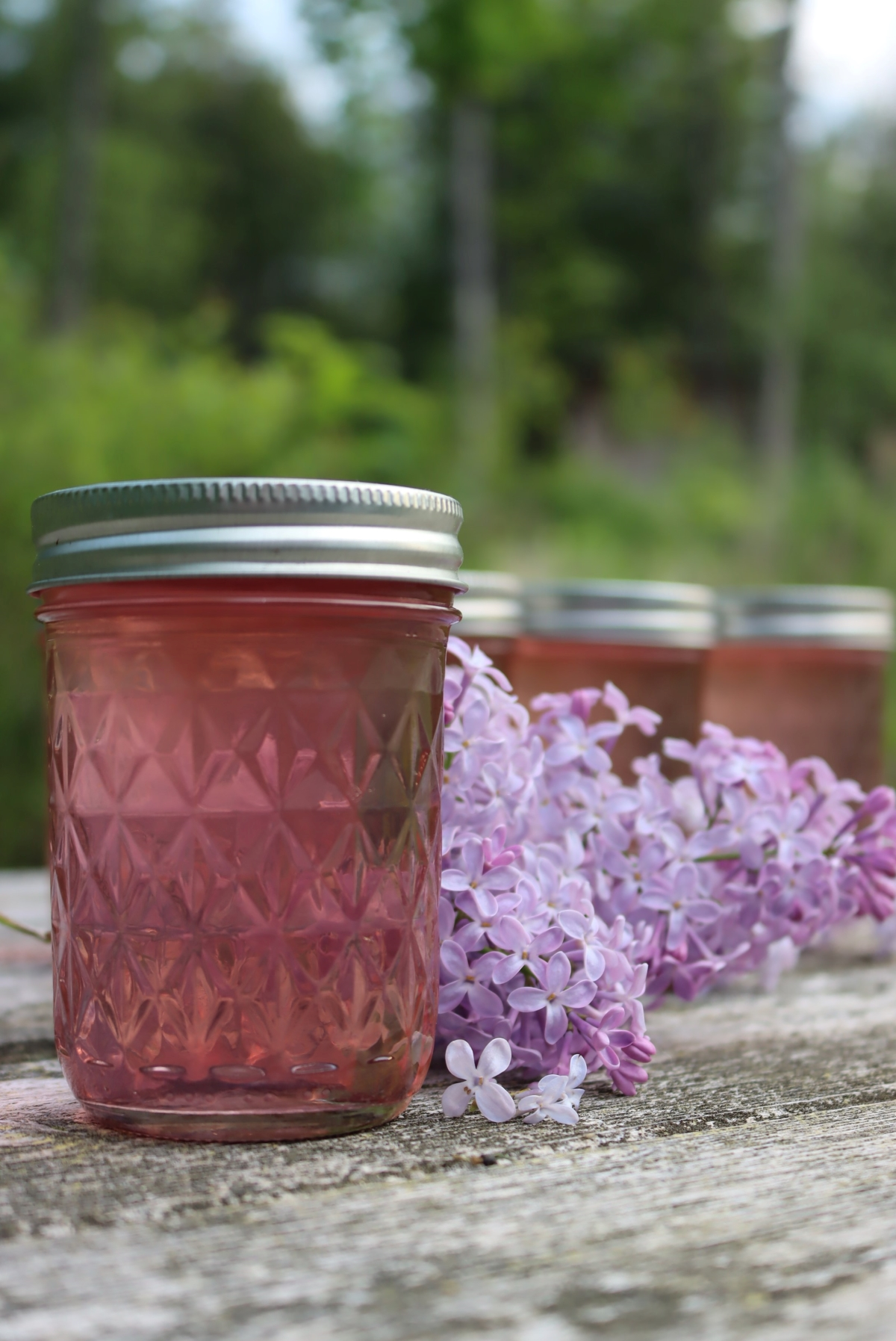Lilac Jelly: A Floral Delight from Garden to Table
Introduction to Lilac Jelly
Lilac jelly, a unique and delightful treat, captures the essence of spring in a jar. This floral jelly, made from the blossoms of lilac bushes, offers a unique taste experience that’s both aromatic and flavorful. Known for its vibrant color and delicate flavor, lilac jelly is not just a spread but a celebration of seasonal cooking. The process of making lilac jelly is a beautiful way to bring the fragrant aroma of spring into your kitchen. It’s a perfect example of how we can use nature’s bounty in our culinary creations, turning simple flowers into an exquisite treat.
Preparing for Lilac Jelly Making
Selecting and Harvesting Lilacs
- Choose the Best Lilacs: Look for fresh, vibrant, and unblemished lilac blossoms. The quality of the blossoms directly impacts the flavor and color of the jelly. Opt for lilacs that are in full bloom, as they have the strongest aroma and will impart the most flavor.
- Harvesting Tips: Pick lilacs in the morning when their aroma is strongest. This is when the flowers are most fragrant and the essential oils are at their peak. Gently shake the branches to dislodge any insects and carefully snip the flower clusters from the bush.
Safety Precautions and Tips
- Safe Consumption: Ensure the lilacs are free from pesticides and chemicals. It’s crucial to use only lilacs that haven’t been treated with chemicals, as these can be harmful when consumed. For more information on safe foraging, visit Edible Wild Food.
- Avoiding Chemical Exposure: Harvest lilacs away from roadsides and industrial areas. These locations can expose the flowers to pollutants and toxins, which can be absorbed by the blossoms.
Lilac Jelly Recipe
Ingredients and Equipment
- Lilac Blossoms: Fresh and aromatic, these are the star of the recipe. Ensure they are thoroughly cleaned and free from any green parts or stems.
- Sugar, Lemon Juice, and Pectin: These ingredients work together to set the jelly and balance the floral notes with the right amount of sweetness and acidity.
- Canning Jars and Equipment: Sterilized and ready for use. Proper sterilization is key to ensuring the jelly’s longevity and preventing any bacterial growth.
Step-by-Step Lilac Jelly Making Process
- Infuse the Blossoms: Create a lilac tea by steeping the blossoms. This step is crucial for extracting the flavor and color from the lilacs. The longer you steep, the stronger the flavor and color will be.
- Cooking the Jelly: Combine the infusion with lemon juice and pectin, then boil with sugar. This process requires constant stirring to ensure that the sugar dissolves completely and the jelly sets properly.
- Canning: Fill jars and process in a water bath canner. This step is vital for preserving the jelly and extending its shelf life. For detailed canning guidelines, refer to the National Center for Home Food Preservation.
Variations and Creative Ideas of Lilac Jelly Recipe
Variations of Lilac Jelly
- Flavor Combinations: Experiment with adding other edible flowers or herbs. Consider blending lilac with rose petals, lavender, or mint for a unique twist.
- Color Variations: Different lilac colors yield different jelly hues. Dark purple lilacs will produce a richer color, while white lilacs will result in a more subtle hue.
Creative Uses for Lilac Jelly
- Serving Suggestions: Perfect as a spread
or a glaze. Lilac jelly can elevate simple breakfast items like toast and croissants or can be used as a glaze for desserts and pastries.
- Pairing with Foods: Complements both sweet and savory dishes. Try pairing it with soft cheeses for a delightful appetizer or use it as a topping for vanilla ice cream for a sweet treat.
Preservation and Storage : Lilac Jelly Recipe
Canning and Preserving Lilac Jelly
- Canning Process: Ensures the longevity of your jelly. The water bath canning method is a time-tested way to seal jars and prevent spoilage. This process also allows the jelly to be stored at room temperature until opened.
- Storage Tips: Store in a cool, dark place for best quality. Once opened, keep the jelly refrigerated and consume it within a few weeks for optimal flavor.
FAQs
Frequently Asked Questions
- Common Queries: Addressing everything from ingredient substitutions to serving ideas. Questions like “Can I use dried lilacs?” or “What can I do if my jelly doesn’t set?” are common and will be answered in this section.
- Additional Tips: Enhance your lilac jelly making experience. Tips on how to achieve the perfect set, how to adjust the recipe for larger batches, and ideas for using leftover lilac blossoms.
Conclusion
Summary and Final Thoughts
In conclusion, lilac jelly is more than just a spread; it’s a testament to the beauty and versatility of nature’s offerings. Whether you’re a seasoned canner or a curious cook, making lilac jelly is a rewarding and delightful experience. So, embrace the joy of seasonal cooking and add a touch of spring to your pantry with homemade lilac jelly. This unique jelly not only brings a burst of floral flavor to your table but also serves as a wonderful homemade gift that captures the essence of spring.

